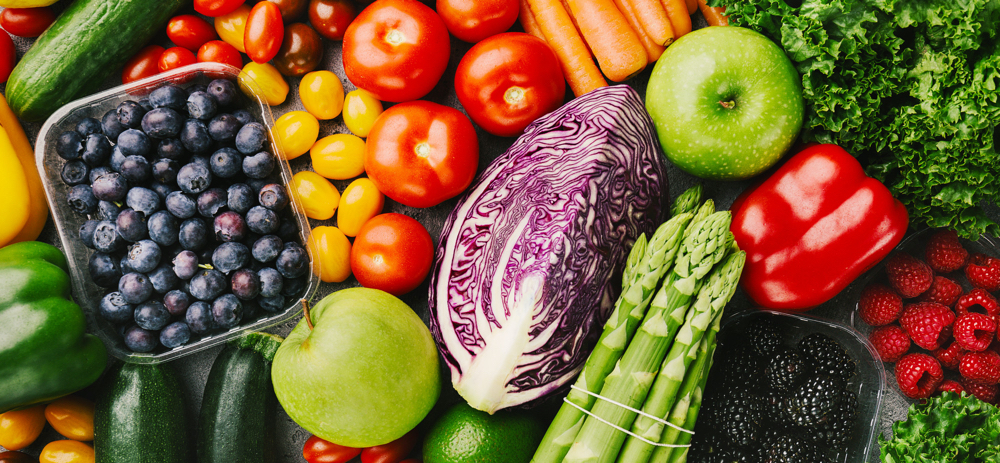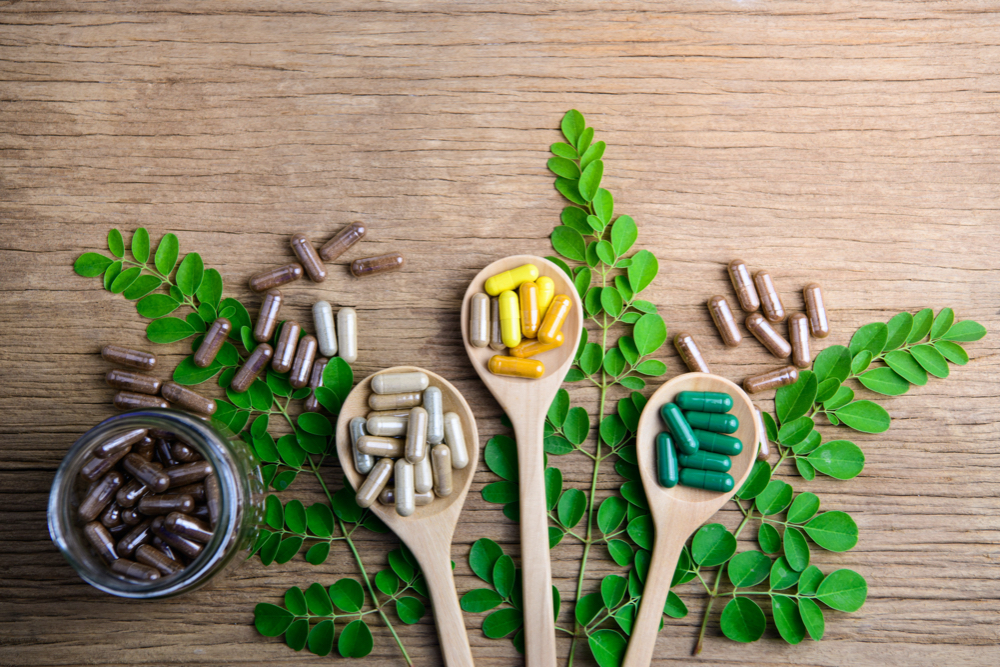- Fast results
- 4,000+ locations
- 4.8 star rating
Need Help? (888) GET LABS


Getting high gamma-glutamyl transferase (GGT) in your blood test may suggest health conditions affecting your liver and other organs. But there are steps on how to lower ggt levels naturally, which you can follow as soon as you get the said result. These include abstaining from alcohol, unhealthy foods, and air pollutants. Instead, include liver-friendly foods in your diet, take supplements, and do moderate exercises daily.
A high GGT level alone does not indicate liver damage or the exact cause of the imbalance. This is because the condition can be associated with other physiological issues. Get the hepatic function panel blood test to confirm liver problems.
Gamma-glutamyl transferase, or GGT, is an enzyme produced primarily by the liver. It is also released by the heart, brain, kidneys, and pancreas and in lower levels by other tissues in the body.
GGT aids in the detoxification of drugs and other foreign substances. It also plays a crucial role in synthesizing glutathione – an antioxidant that helps prevent cellular damage and cancers.
As GGT production ties up with liver function, a GGT blood test is typically run along with other enzyme tests to assess the likelihood of liver disease and physiological issues concerning the bile duct. These health conditions are often indicated when GGT goes above the normal range of 65 IU/L for men and 60 IU/L for women.
Likewise, this enzyme also acts as a biomarker for alcohol abuse. Hence, doctors may request a blood test to evaluate your alcohol consumption for rehab or as part of your general checkup.
Getting low GGT levels after testing for a high one becomes your goal to ensure your liver’s good health. Fortunately, lowering GGT levels naturally can be done with little effort but plenty of determination. Check out how to reduce GGT levels naturally with the following steps.

Alcohol consumption drives the liver cells to produce more GGT to detoxify its ethanolic compound. So, if you are a heavy drinker, you can expect an elevated GGT level when taking the blood test since the activities of this hepatic enzyme increase.
To lower your GGT levels, you will have to limit or avoid alcohol altogether. Not only does it stabilize gamma-glutamyl transferase production, but it also prevents liver damage which can escalate to scarring (cirrhosis) and more severe issues.
Aim for alcohol abstinence for at least 30 days to restore your liver health, allowing it to undergo repair continuously. Likewise, the overproduction of gamma-glutamyl transferase will cease, allowing for low GGT levels in the blood test.

The impact of coffee on your general health can be polarizing depending on the underlying condition you may have. But caffeine seemed to have a positive effect on lowering GGT levels.
A 2020 study highlighted how coffee improves liver enzyme levels, including alanine aminotransferase (ALT), aspartate aminotransferase (AST), and GGT. The clinical research involved patients diagnosed with non-alcoholic steatohepatitis (NASH), non-alcoholic fatty liver disease (NAFLD), and those who regularly drink alcohol.
The regulation of these enzymes depends on the frequency and amount of coffee you consume daily. For heavy drinkers, four cups of coffee a day effectively lowers GGT levels.
Research may underscore drinking coffee as a beneficial action to get your gamma-glutamyl transferase at low levels. However, consult your doctor first before increasing your coffee intake. If you have an anxiety disorder, coffee consumption may not be your best option for lowering GGT levels as it could aggravate the condition.

Eating foods high in fats and salts can cause all sorts of damage to your body. Primarily, it can trigger cardiovascular diseases and the infamous widowmaker heart attack. Additionally, it can increase your GGT levels, which signals the development of non-alcoholic fatty liver disease (NAFLD).
So, steer clear of deep-fried foods, red meat, whole-fat dairy products, lard, butter, commercially baked goods, and other unhealthy options. Instead, go for foods that use healthy fats like olive oil, nuts, and avocados. Still, make sure you consume them in moderation.
In addition, avoid foods high in salt, like anchovies, processed meat, pickles, smoked fish, soy sauce, etc. It’s also best to stick to meals you prepared at home. That way, you’ll control how much salt and other seasonings you add to your food.

Given that the liver produces the gamma-glutamyl transferase enzyme, you should lean more toward fruits and vegetables that keep this vital organ healthy and functioning well. Changes in dietary patterns account for the crucial improvement of liver function among patients with NAFLD.
Make sure to include the following in your meal plan:
If you’re unsure how to incorporate these fruits and vegetables into your new diet, consult your doctor or nutritionist for recommendations. You can also book an appointment for a telehealth consultation with one of our doctors here at Personalabs.

Adding more eggs and chicken to your diet is an excellent way to lower GGT in time for a blood test. Poultry, especially eggs, provide the precursor for glutathione. More glutathione translates to more enzymatic work for gamma-glutamyl transferase, lowering its level in the blood. Additionally, it helps your body fight oxidative stress that contributes to cancer development.
Replace red meat and other fatty protein sources with egg or chicken-based meals. You can also combine it with other rich sources of glutathione, such as nuts and legumes.

Being physically active brings tons of health benefits – and lowering GGT levels is no exception. In addition, you don’t need to engage in heavy workouts or strenuous activities to decrease the said enzyme. It can potentially increase the biomarker level.
If you’re unsure which exercise to maintain, consider brisk or regular walking. In a 2016 study, walking was the main activity associated with lowering serum GGT among Korean men. Spending 30-minutes walking around your neighborhood can be an excellent start to becoming more physically active.

Several vitamins help keep liver functions healthy, lowering the enzymes, including gamma-glutamyl transferase levels. For example, vitamin C, which strengthens the immune system and acts as an antioxidant, also lowers GGT levels, as presented in various studies. In addition, magnesium has also been known to help treat high liver enzymes, particularly GGT and AST.
But before you consider getting vitamin and mineral supplements, make sure to check with your doctor. If you have symptoms of deficiency, take the vitamin C blood test and magnesium blood test for proper diagnosis.

Gamma-glutamyl transferase’s role in detoxification makes it more likely to increase when you’re exposed to air pollution. Nitric oxide, nitrogen dioxide, particulate matter (soot, dust, and smoke), and other air pollutants don’t only irritate the lungs but damage the liver as well.
Stay away from areas close to factories or highways where car emissions are frequent and other hotspots for air pollution. Also, avoid smoking and reduce energy use at home to maintain clean air indoors.

High GGT is a biomarker for health issues. It is often used in detecting alcohol abuse, but it also signals serious disorders like hepatitis, liver cancer, pancreatitis, NAFLD, diabetes, and cholestasis. Naturally, addressing these medical conditions is a critical step on how to lower GGT levels.
Get tested for disorders that potentially elevate your gamma-glutamyl transferase, especially if you have the accompanying symptoms. In addition, consider taking more comprehensive liver function tests and other standard wellness blood tests.
To test your GGT level you can order a GGT test with Personalabs.
Getting high GGT in your blood test indicates damage in your liver and should be taken as a stern warning to check your hepatic function. However, a GGT blood test alone does not suffice to understand the cause of the physiological imbalance. So, your doctor often requests other blood tests to check hepatic, pancreatic, and bone health, depending on other symptoms you exhibit.
The length of time you can successfully reduce GGT depends on your actions to bring the levels down. For example, if you give up alcohol, you can see your GGT levels lower significantly after a month. But gradual changes can be noted as early as two weeks.
Several medications can elevate GGT levels, such as phenytoin, phenobarbital, carbamazepine, valproic acid, cimetidine, heparin, methotrexate, furosemide, isotretinoin, and acetaminophen. Likewise, oral contraceptives can also raise the enzyme’s serum level.
When you’re thinking about how to decrease GGT levels, think about lifestyle adjustments you can make first. Medications can only do so much, but good health choices provide long-term wellness for your liver. Follow the steps mentioned above and monitor your GGT, along with other critical liver enzymes, through liver function tests.
Our GGT blood test assesses liver health and detects liver, bile duct, and bone disease. In some cases, it is also used to monitor alcohol consumption as part of the rehabilitation or treatment for alcohol abuse.

© Copyright 2025 Personalabs. All Rights Reserved.